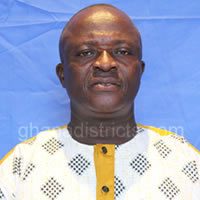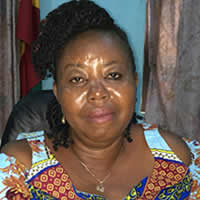The District’s economy is regarded as agrarian largely due to the sector’s contribution to employment generation in the district. The sector has employed about 79.2 percent of the district economically active persons 15 years and older. Thus, agriculture plays a vital role in the socio-economic development of the District. The key agricultural sub-sectors include crops, livestock, fisheries, agro-forestry and non-traditional commodities. The farming practices in the District include mono-cropping, mixed cropping and mixed farming. Most of these farmers farm on subsistence level.
The District has been classified into four major Agricultural production centres as shown in the table below.
Manufacturing Sector
Manufacturing activities in the District are light manufacturing, lumbering and agro-processing. These industries are practiced on small scale. The Small and Medium Scale Enterprises (MSMEs) as found in the District is in the areas of wood-based industries (carpentry), metal works, block moulding, gari production (cassava processing), palm oil processing akpeteshie distillery, corn milling, and mining among others.
Apart from relying on unpaid apprentices, entrepreneurs in these industries employ few people to facilitate the production processes. The average size of Small Scale Manufacturing in terms of members is about three people and in the case of Medium Scale, it is about ten people in the District.
Service/Commerce Sector
The service/commerce sector in the District is not developed. Commercial activities are small scale and are scattered throughout the District. In the Commerce/Service sector, the Government sector dominates with teachers been the majority.
Energy
Most households in the District use firewood as their major source of domestic energy. The use of LPG in the district is no common due to the high cost of the product and difficulties in accessing the product since the district has only LPG station located in the District capital. With respect to electrification, all the communities along the main Abuakwa-Nkawie-Bibiani trunk road from Mpasatia to Kuffour Camp have been connected to the national electricity grid with about 32.3 percent of the communities totaling 100 yet to be connected.
Date Created : 11/24/2017 3:02:13 AM






 facebook
facebook twitter
twitter Youtube
Youtube TOLL FREE 0800 430 430
TOLL FREE 0800 430 430 +233 593 831 280
+233 593 831 280 GPS: GE-231-4383
GPS: GE-231-4383 info@ghanadistricts.com
info@ghanadistricts.com Box GP1044, Accra, Ghana
Box GP1044, Accra, Ghana